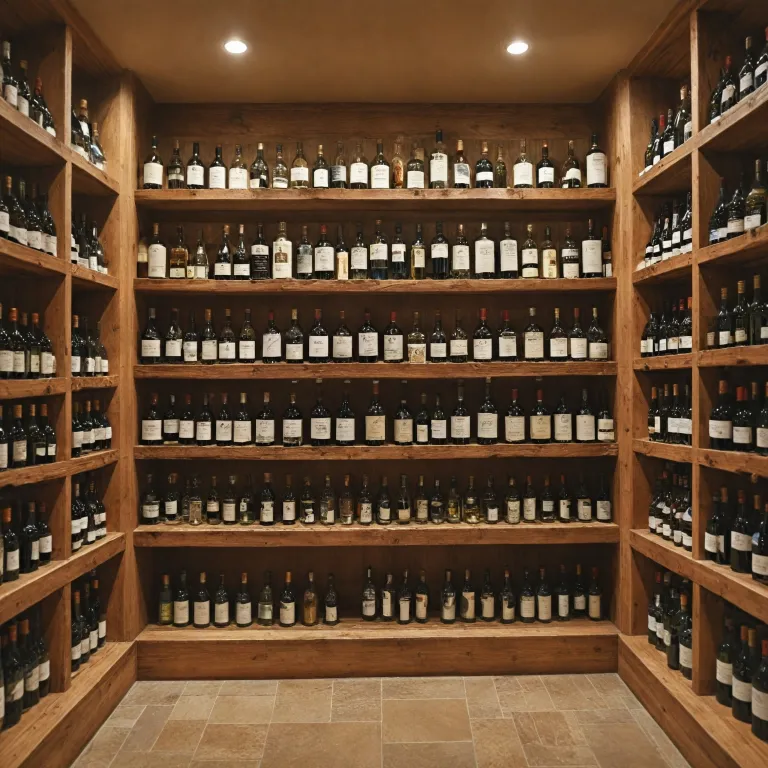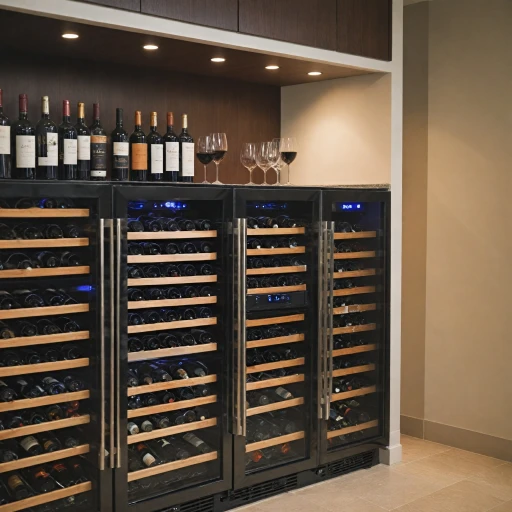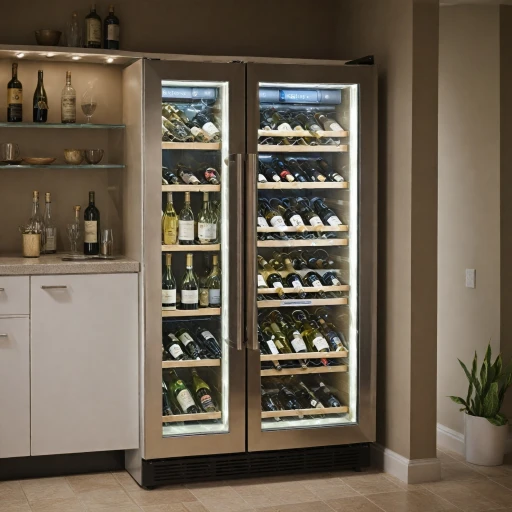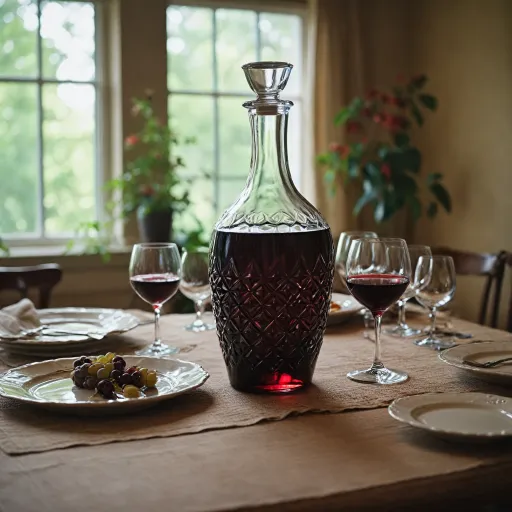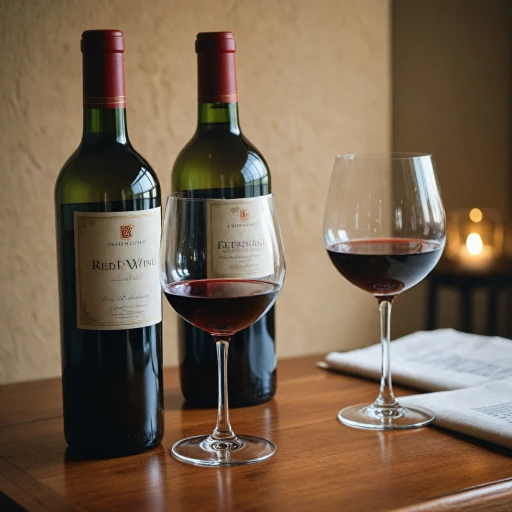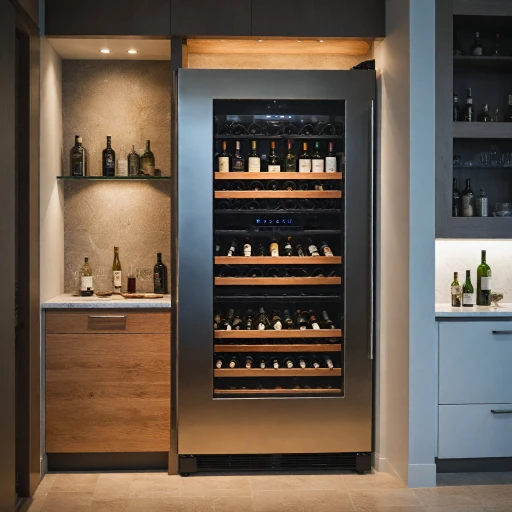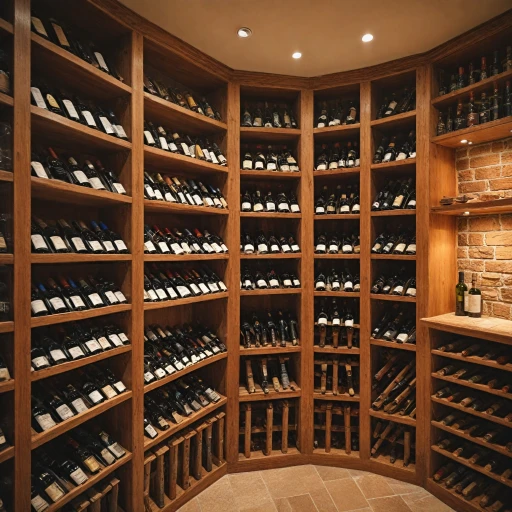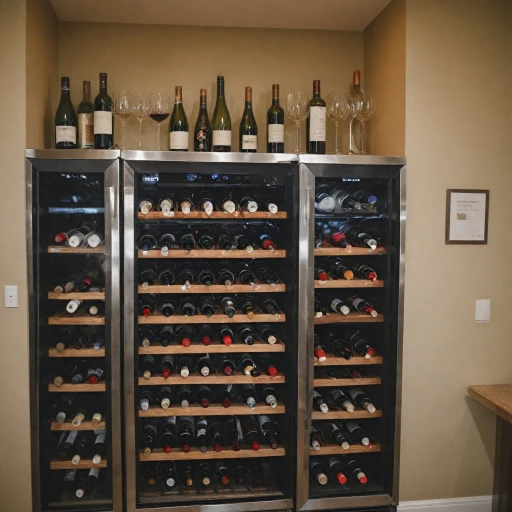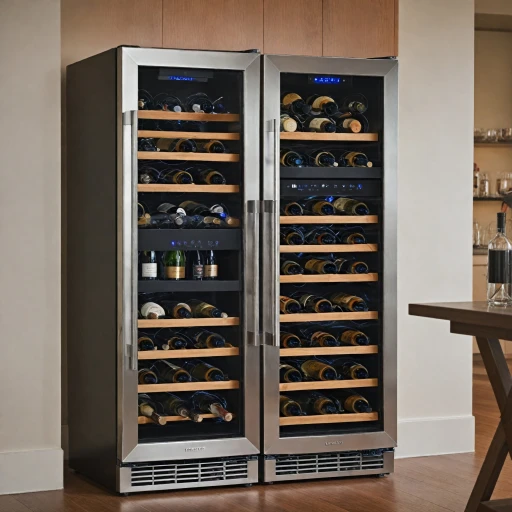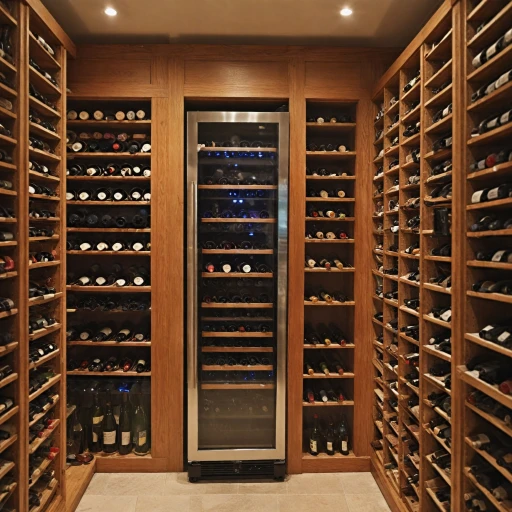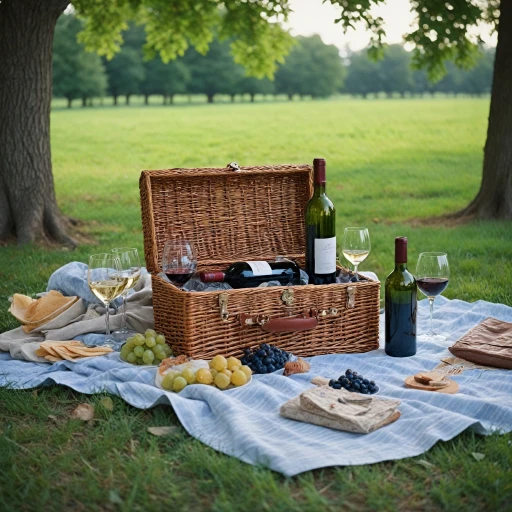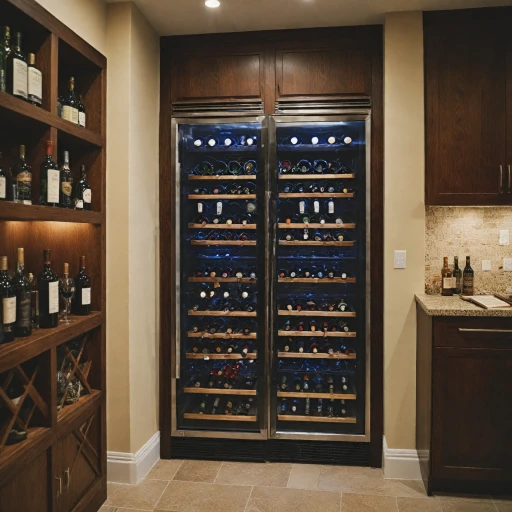
Understanding White Wine Varieties
Exploring the Diverse Spectrum of White Wines
White wines are a captivating realm in the wine world, each offering unique flavors and aromas that can enliven any occasion. Understanding the diversity of white wine varieties enhances the overall enjoyment and appreciation of your wine collection. Among the most recognized white wine types are Chardonnay, Sauvignon Blanc, Riesling, and Pinot Grigio. Each of these has distinctive characteristics influenced by factors such as grape variety, regional climate, and winemaking processes. For instance, a California Chardonnay may exude buttery notes due to malolactic fermentation, while a New Zealand Sauvignon Blanc often delight with its crisp, citrusy zest. White wines typically fall within a spectrum of light-bodied to full-bodied. This body influences their ideal service and storage parameters. The structure of white wines is usually more delicate compared to reds, which underscores the importance of understanding the nuances of white wine storage and serving. Effective wine storage starts with acknowledging these characteristics and ensuring wines are stored at the right temperature and humidity. It extends the lifespan of your whites and preserves their intended flavors. If you're new to storing different white varietals, you might find it helpful to explore optimal temperature for storing wine in a fridge as a foundation for maintaining wine quality in both the short term and long term. Recognizing and respecting the diversity among white wines can significantly enhance your wine experience, especially when the ideal storage conditions are met.Why Temperature Matters for White Wine
The Importance of Temperature in Preserving White Wine's Nuances
Temperature plays a pivotal role in the way white wines develop and maintain their aromatic and flavor profiles. When stored at an inappropriate temperature, white wine can lose its delicate balance, leading to a diminished tasting experience. Understanding the vital nature of temperature control is essential for both short term enjoyment and long term storage. Firstly, storing wine at the wrong temperature can cause chemical reactions that degrade the wine. For example, when a white wine is stored at too high a temperature, it can accelerate the aging process, resulting in a loss of fruity aromas and the emergence of off flavors. Conversely, if white wines are stored too cold, they may become muted, holding back their vibrant notes that make them enjoyable. Additionally, fluctuations in wine storage temperatures can negatively impact the wine bottle's cork, which plays an integral role in preserving the wine’s quality. Extreme temperature changes can cause the cork to expand and contract, leading to seepage or oxidation. This is particularly detrimental to wine stored long term, as it disrupts the delicate balance maintained by the cork's seal. Storing wine properly respecting the ideal wine storage temperatures, not only preserves the delicate balance of white wine but also enhances your enjoyment when you finally pour a glass. A wine fridge designed for wine storage is recommended for maintaining consistent temperatures, which is notably impactful in regions like the United States where seasonal temperature shifts are common. For fellow wine enthusiasts looking to secure their collection in an ice chest or explore other storage tips, we've covered essential strategies on our wine enthusiast tips page. With the right temperature settings and storage practices, you can ensure that each bottle of white wine is perfectly preserved, ready to be enjoyed at its best.Ideal Storage Temperature for White Wine
Finding the Perfect Balance: The Ideal Storage Range for White Wines
Understanding the perfect storage temperature for white wines is crucial to preserving their delicate flavors and aromas. Different white wines exhibit their best qualities at specific temperatures. Not storing them correctly can impact their taste and lifespan significantly. For most white wines, maintaining a storage range between 45 to 55 degrees Fahrenheit is considered optimal. This range strikes a balance, keeping the wine cool while preventing it from getting too chilled. Wines stored within this temperature range tend to retain their refreshing acidity and preserve the subtle nuances each variety offers. A temperature around 45 degrees Fahrenheit is particularly suitable for lighter whites, such as Pinot Grigio and Sauvignon Blanc. Meanwhile, richer varieties like Chardonnay may thrive closer to the higher end of the spectrum. Storage temperatures ensure the wines' longevity and full expression of flavors when served. It's essential to resist the urge to store white wines alongside red wines, which typically require a slightly warmer environment. The difference in storage needs emphasizes the importance of having the right wine storage solution, like a wine fridge, that can accommodate different wine varieties at their respective optimal temperatures. Paying attention to humidity is also vital, as too low humidity can cause corks to dry out, leading to oxidation of the wine. A wine cooler with humidity control can be an excellent investment to maintain your collection's quality over long-term storage. To explore further about the importance of maintaining these temperatures for white wines, feel free to discover more insights on enhancing your wine experience with argon wine preservation.Common Mistakes in White Wine Storage
Avoiding White Wine Storage Pitfalls
Storing white wine requires more than just a basic understanding of temperature. Mistakes in wine storage can lead to undesired changes in the wine’s taste, aroma, and overall quality. Here are some common pitfalls to avoid:
- Fluctuating Temperatures: Consistency is key when storing white wine. Wines should be stored at stable temperatures, ideally between 45-55 degrees Fahrenheit. Temperature swings can lead to expansion and contraction within the bottle, potentially damaging the cork and introducing oxygen, which is detrimental to wine quality.
- Storing Wine Upright: While convenient, storing wine bottles upright for extended periods can cause the cork to dry out. A dried cork may allow air to seep into the bottle, spoiling the wine. It’s best to store bottles on their sides to keep the cork moist.
- Ignoring Humidity Levels: Proper humidity is crucial for maintaining the integrity of the corks. Aim for around 60-70% humidity in your wine storage area. Too little humidity can dry out corks, while too much can encourage mold.
- Exposure to Light: Light, especially UV rays, can degrade wine quality through a process known as light strike. Ensure your storage area is dimly lit or use a wine fridge with UV-protected glass.
- Assuming Room Temperature Is Fine: Many believe room temperature is suitable for storing wine. However, room temperature often exceeds the ideal storaging range. For long-term storage, a controlled environment like a wine cooler is recommended.
Avoiding these common mistakes not only preserves the quality of your wine but also enhances your wine tasting experience. Investing time and care in wine storage will ensure that each glass you pour is enjoyed to its fullest.
Choosing the Right Wine Cooler
Finding the Perfect Wine Cooler for Your Collection
When delving into the fascinating world of wine storage, selecting the right wine cooler becomes crucial. Given the different varieties of white wines, each with distinct characteristics, it's essential to accommodate their needs for temperature consistency. A wine cooler, often referred to as a wine fridge, maintains the ideal storage temperature for your white wines. This controlled environment ensures that your bottles stay in perfect condition, protecting them from fluctuations in temperature and humidity that could harm them if stored improperly. Several factors come into play when choosing a wine cooler:- Capacity: Determine how many bottles you plan to store. Are you holding a few premium white wines for long-term storage, or stockpiling a broader selection for short-term enjoyment?
- Temperature Control: Look for a wine cooler with adjustable temperature settings. This versatility allows you to store different white wine varieties at their optimal temperatures, from a crisp Pinot Noir at slightly cooler conditions to a more robust Chardonnay that requires just a few more degrees.
- Humidity Control: Ensure the wine cooler has features to maintain appropriate humidity levels. Proper humidity is vital to preserving the cork's integrity, which safeguards the wine against unwanted oxygen exposure.
- Type of Cooler: You can choose between a single-zone or dual-zone cooler. While a single-zone cooler is suitable for storing one type of wine at a stable temperature, a dual-zone cooler caters to both white and red wines simultaneously, each at their distinct storage settings.
- Size and Placement: Consider the available space in your home or wine cellar. Compact models support limited bottle storage and can fit seamlessly into smaller spaces. At the same time, freestanding units provide greater capacity for wine enthusiasts with larger collections.
Maintaining Your Wine Cooler for Optimal Performance
Maintaining Your Wine Cooler for Top Efficiency
Once you've invested in a wine cooler, maintaining it ensures your white wines are stored at their optimal temperature. Proper maintenance helps in keeping the perfect environment of 45-50 degrees Fahrenheit for storing white wine, preserving their delicate flavors for both short and long term storage.
Here are a few tips to help you maintain your wine fridge and maximize its performance:
- Regular Cleaning: To avoid mold and bacteria, clean your wine cooler regularly. Use a mild detergent and make sure to maintain ideal humidity levels to prevent corks from drying out.
- Temperature Control: Regularly check the temperature settings. A fluctuation can disrupt the storage conditions, affecting the taste of your wine. Consistency at around 45-50 degrees Fahrenheit is key, especially for temperature-sensitive white wines.
- Avoid Overloading: Ensure there's adequate space between bottles, particularly those stored long term, to allow for proper air circulation. This ensures even temperature distribution within the cooler.
- Check Seals and Insulation: Ensure that the cooler’s seals are tight and the insulation functions correctly. Any gaps can let in room temperature air, disrupting the consistent cool environment.
Implementing these steps can help you maintain an optimal wine storage environment, ensuring that your bottles remain as crisp and flavorful as intended when served at the perfect temperature white wines demand.
